The Complete Navisworks to Rhino 3DM Conversion Guide
Table of Contents
- General Information
- Converting and Optimizing Navisworks Files to Rhino 3DM
- What are Navisworks and Rhino 3DM files commonly used for?
- Comparison of Features Supported by Navisworks and Rhino 3DM
- Limitations of Navisworks Files to Rhino 3DM Conversion Workflow
- What's the best way to get Navisworks files into my 3D applications, and are there alternatives to using Rhino 3DM?
General Information
This guide is part of the RapidPipeline 3D Formats Knowledge Database. It shows how to convert Navisworks to Rhino 3DM, if you'd like to know more about the formats, please check out the following links:
Converting and Optimizing Navisworks Files to Rhino 3DM
RapidPipeline can import Navisworks files, but currently doesn't support exporting to Rhino 3DM format yet.
If you specifically need Rhino 3DM export functionality for your workflow, please feel free to get in touch with us - we'd be happy to discuss your requirements and potential timeline for adding this export capability.
If you need, you can import Rhino 3DM files and convert them to any of these 8 formats: FBX, glTF, OBJ, PLY, STL, USD, USDZ, and VRM.
In the meantime, you can explore other options on the 3D Formats Knowledge Database, which might serve as suitable alternatives for your workflow depending on your target applications and use cases.
What are Navisworks and Rhino 3DM files commonly used for?
The Navisworks file is a format mostly used for 3D design review and project coordination software for BIM model visualization, clash detection, and construction planning.
The Rhino 3DM file is a format mostly used for NURBS-based 3D modeling and design.

Comparison of Features Supported by Navisworks and Rhino 3DM
| Feature | Supported by Navisworks | Supported by Rhino 3DM |
|---|---|---|
| Morph Targets | No | No |
| Rigid Animations | Yes | No |
| Skinned Animations | No | No |
| Animations | Yes | No |
| Free-Form Surfaces | Yes | Yes |
| Geometry Compression | Yes | No |
| Quad Meshes | Yes | Yes |
| Basic 3D Geometry | Yes | Yes |
| PBR Materials | Yes | Yes |
| Transparent Materials | Yes | Yes |
| Vertex Colors | Yes | Yes |
| Materials | Yes | Yes |
| Scene Composition | Yes | Yes |
| Hierarchical Scene Graph | Yes | Yes |
| Scene Nodes | Yes | Yes |
| Standardized Format | Partial0 | Partial1 |
| Embedded Textures | Yes | Partial2 |
| Multiple UV Channels | Yes | Yes |
| Normal Mapping | Yes | Yes |
| Procedural Textures | Partial3 | Partial4 |
| Texture Compression | Yes | No |
| Texture Transforms | Yes | Yes |
| Texturing | Yes | Yes |
Limitations of Navisworks Files to Rhino 3DM Conversion Workflow
The following limitations should be taken into account when converting Navisworks files to Rhino 3DM format:
| Navisworks Feature (not supported by Rhino 3DM) | Limitation Details |
|---|---|
| Geometry Compression | Geometry Compression Support: Navisworks: Full support | Rhino 3DM: No support   Impact: Geometry compression describes the process of compressing the representations of a 3D model's geometry, usually a triangle mesh. 3D geometry compression does not change the topology of a 3D model, but just changes the way that a 3D model and its 3D positions and related vertex data is stored. Geometry compression can be lossy (just like JPEG compression in image processing can be lossy, for example), in which case one might notice slight artifacts like variations in 3D vertex positions (compared to the uncompressed 3D model). However, such differences are often not noticeable. There are only very few standards for geometry compression, like glTF's support of Draco compression and similar extensions. |
| Texture Compression | Texture Compression Support: Navisworks: Full support | Rhino 3DM: No support 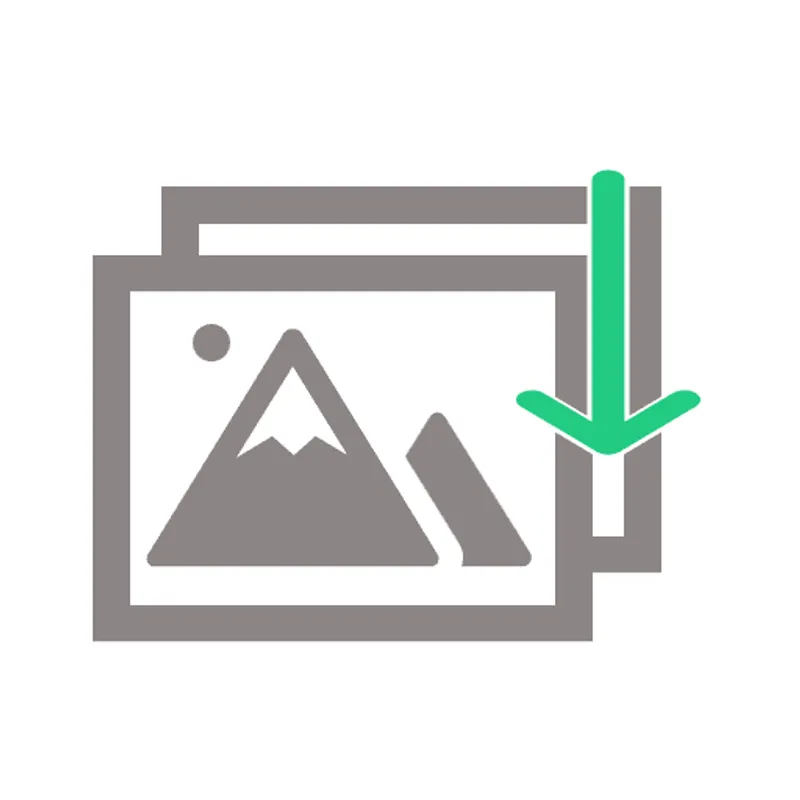  Impact: Texture compression refers to a process of compressing 2D texture images for memory-efficient rendering (and sometimes for efficient transmission). The decompression of compressed texture data is therefore performed on-the-fly during rendering, so that it never has to be stored in unpacked form, but can be kept as-is in GPU memory. Formats supporting texture compression methods, such as the ones offered by glTF through KTX2 containers, therefore allow 3D models to use a smaller memory footprint on the client device during rendering. This can speed up rendering time, and also make it possible to store and use larger amounts of texture data than it would otherwise be possible. |
| Embedded Textures | Embedded Textures Support: Navisworks: Full support | Rhino 3DM: Partial support   Rhino 3DM Notes: Textures can be embedded in the 3DM file Impact: Embedded textures allow the storage and exchange of an entire 3D model and its materials within a single file, by embedding the texture images directly into the 3D file (and not storing them as separate image files). Without support for this feature, textures have to be stored in separate image files, and referenced from the main 3D model file. |
| Animations | Animations Support: Navisworks: Full support | Rhino 3DM: No support 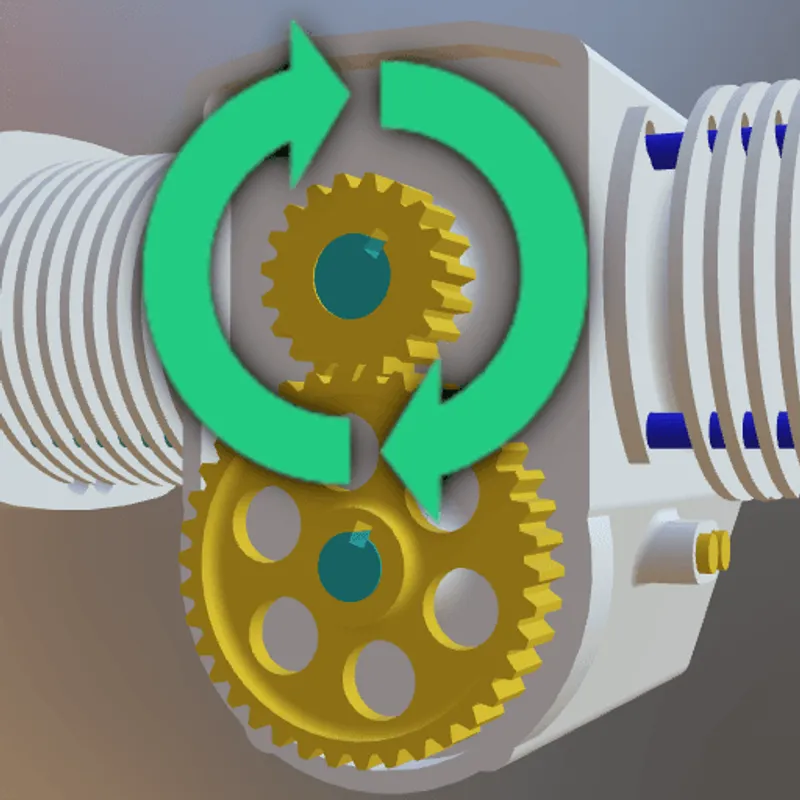 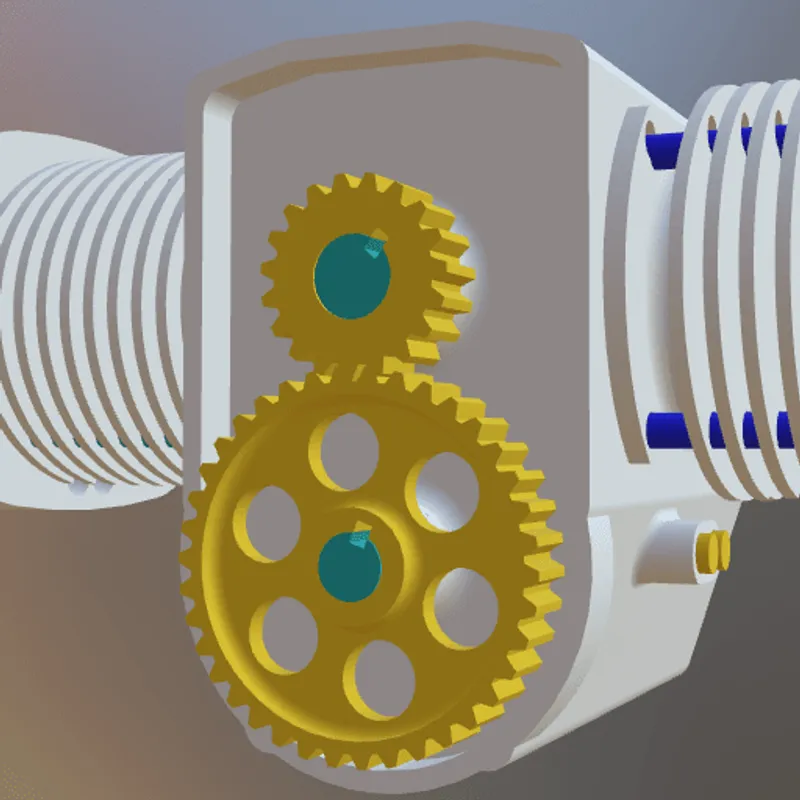 Impact: Animations are an important part of many interactive 3D assets, for example in real-time rendering (including games, XR training, assembly instructions, product demos, and other use cases). There are various kinds of animations that can be used on 3D models. In this example model, a rigid animation is used to make the gears spin. Without support for this feature, in this example, the gears won't move. |
| Rigid Animations | Rigid Animations Support: Navisworks: Full support | Rhino 3DM: No support 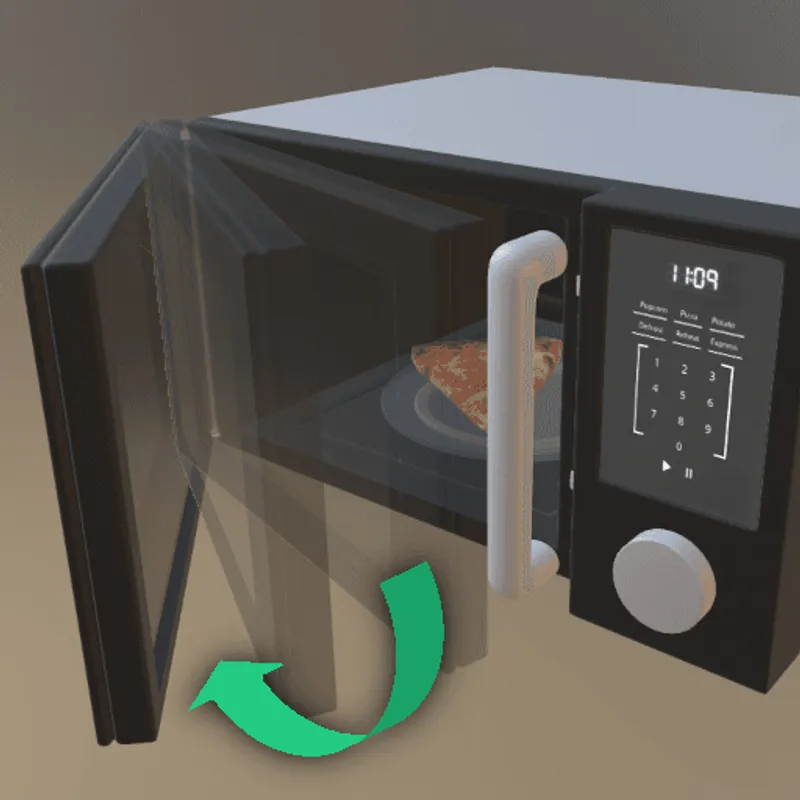 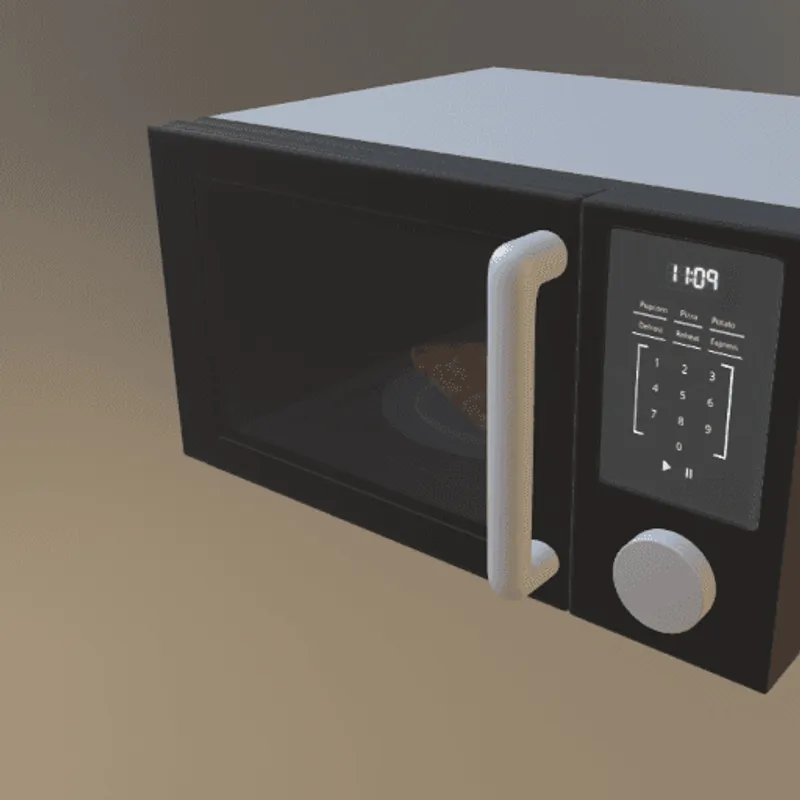 Impact: Rigid Animations are typically used to animate mechanical parts. In this example, the door of this 3D model of a microwave can be interactively opened or closed, using a rigid animation that gradually changes the 3D transformation of the door. Without support for this feature, in this example, the door will just stay in place and won't move. |
What's the best way to get Navisworks files into my 3D applications, and are there alternatives to using Rhino 3DM?
Doing 3D conversion right, especially at scale, can be tricky, as 3D data is in general a rather complex (yet very powerful!) medium. This also applies to Navisworks and Rhino 3DM files - the conversion guide above provides a rough first idea about that. Once you know what you would like to do, tools like RapidPipeline can help you perform the necessary steps, and to even automate the process for thousands or even millions of files.
Especially when introducing pipelines and workflows at scale in an enterprise context, it is usually good to rely on dedicated tools and expertise, making sure you do not introduce any steps into your 3D workflow that are detrimental to the final output's quality, or that take your team too much time (and money).
If you're interested to hire dedicated expertise from the best in the field to help your company reach your goals fast and reliably, please do not hestitate to contact DGG. Being the creators of RapidPipeline, and ambassadors for open 3D standards for more than a decade, we have been building some of the world's most advanced 3D pipelines, having processed many millions of 3D assets.
Therefore, our expertise will help you to reach your goals faster, at scale, and with the least possible friction, since we are focused on maximum interoperability.
To get started with 3D data conversion and optimization today, sign up for a free account!
If you have any questions, feel free to chat with our human team.
Meet the Author

3D Knowledge Team
3D Technical Artists
RapidPipeline lets you convert, optimize and prepare your 3D models, easily. Try it today, or meet our human 3D experts. The Best-in-Class Tools for Your 3D Processing Jobs